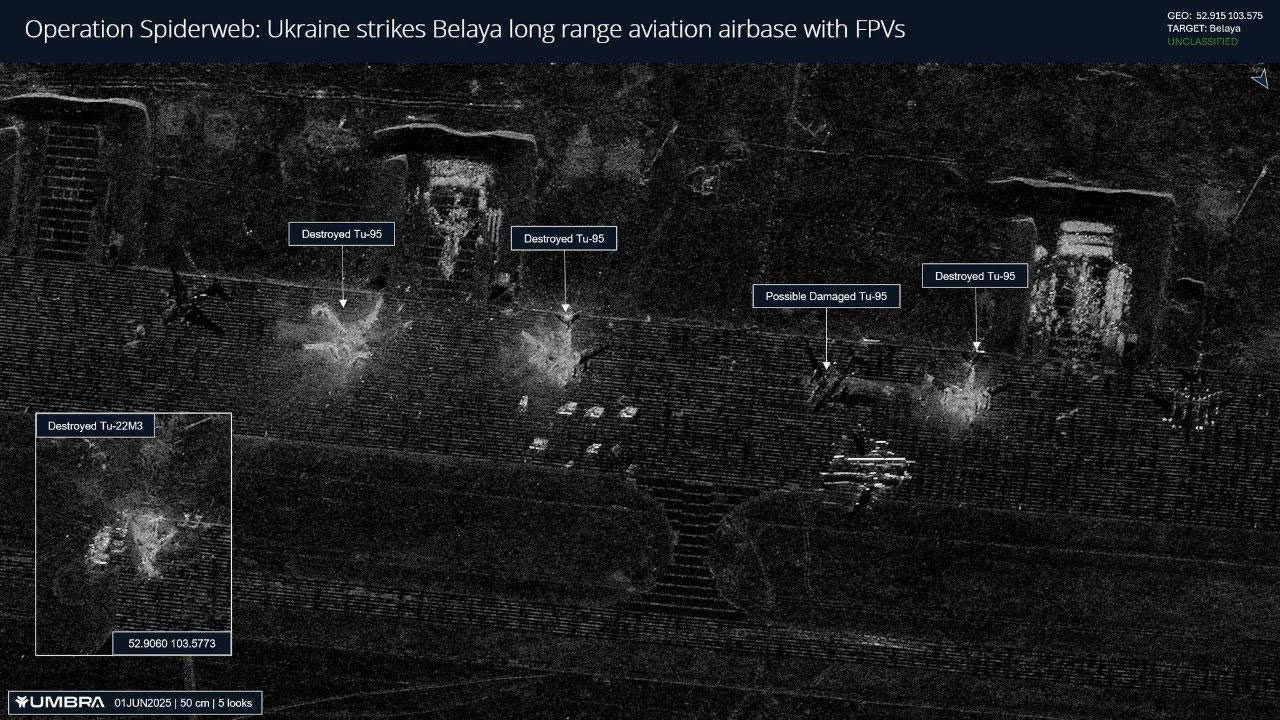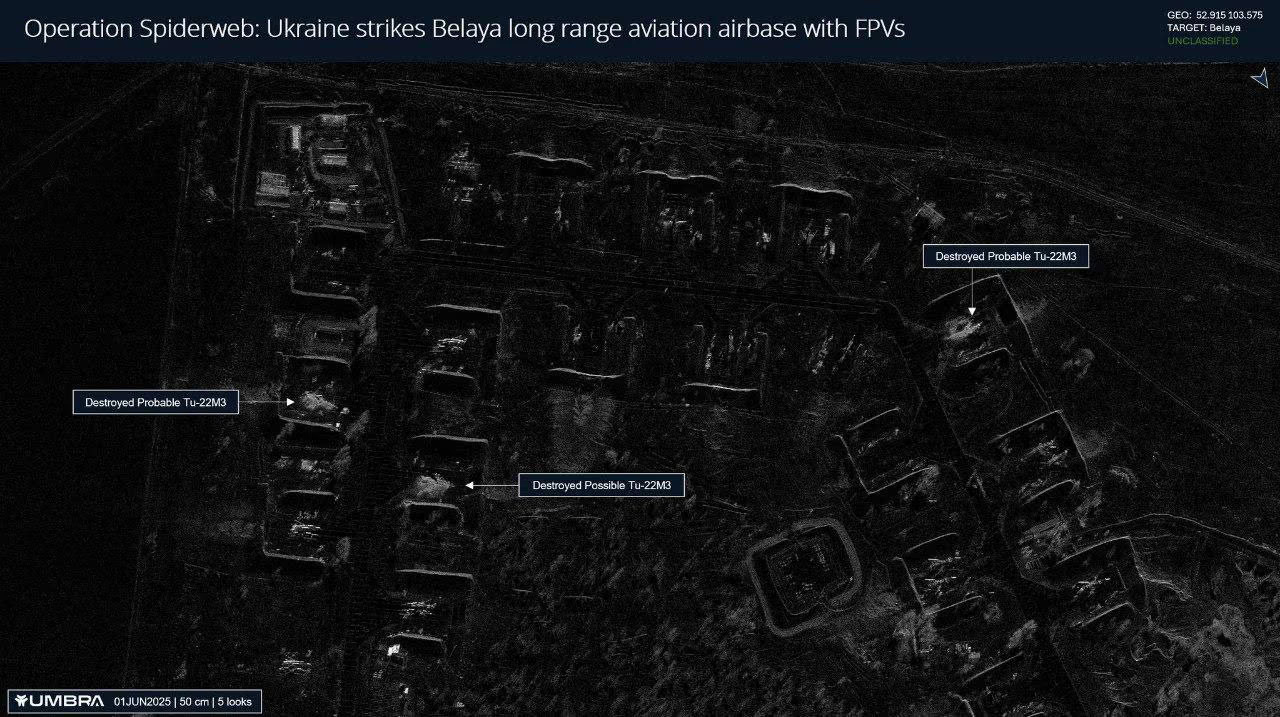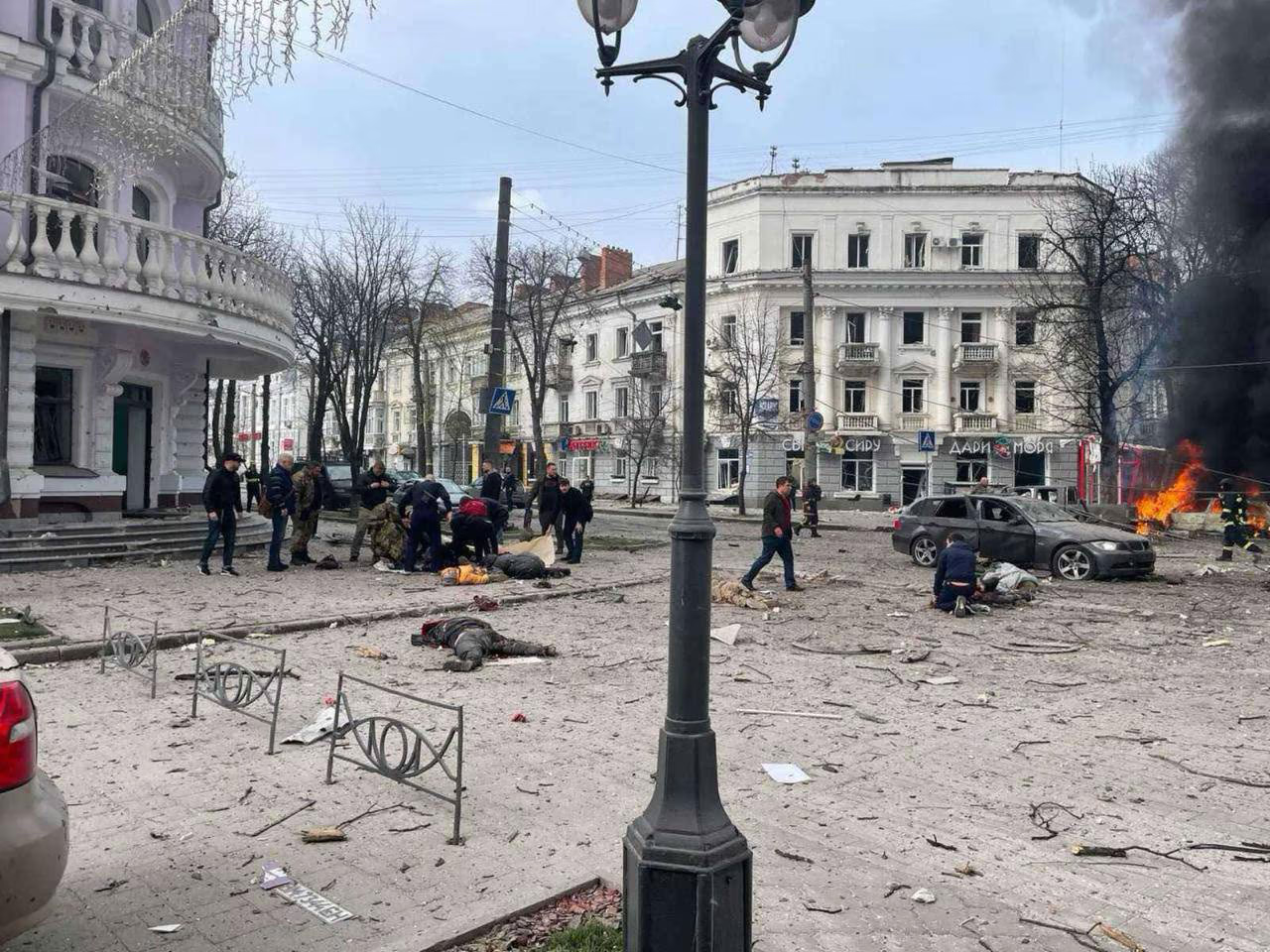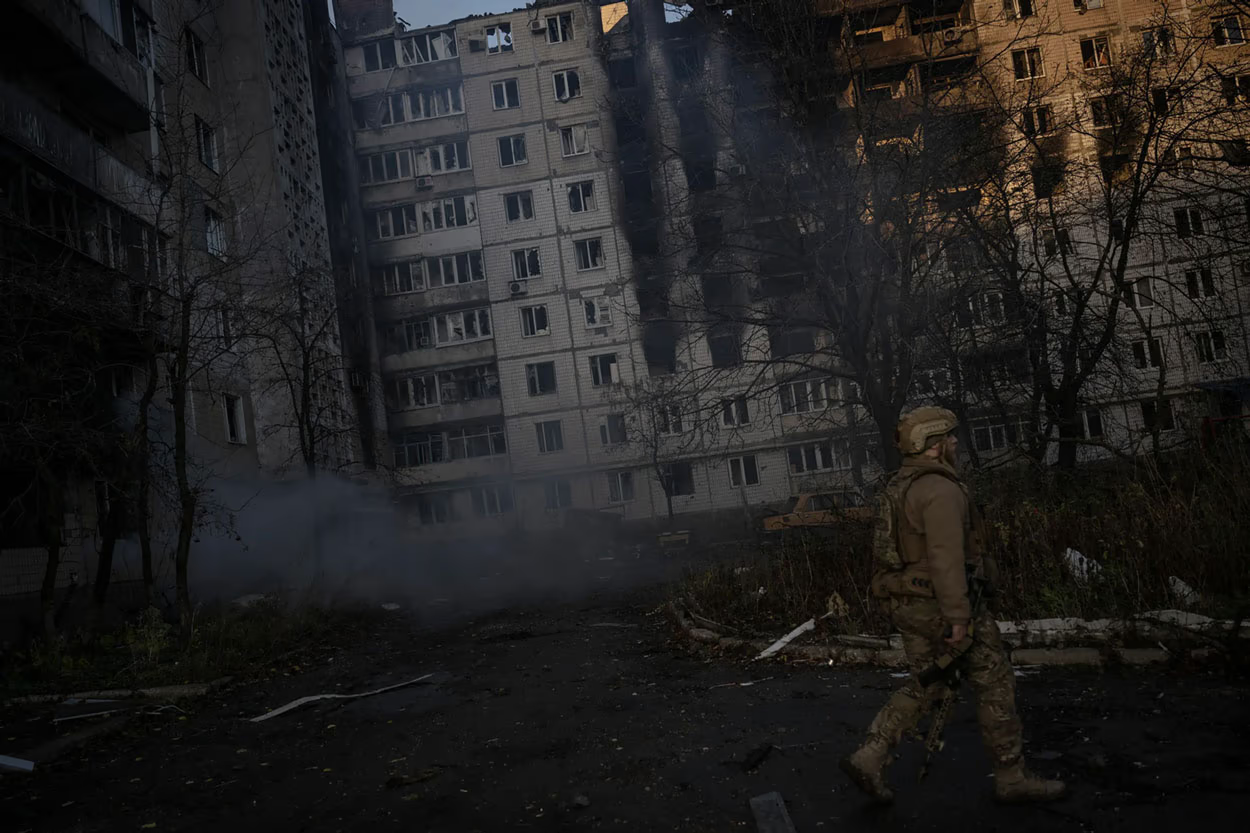The scale and audacity of Ukraine's latest strike on Russian airbases are difficult to overstate. Preliminary estimates suggest the damage could reach up to $7 billion—though this figure has yet to be independently verified. Even without it, the operation is already being seen as one of Ukraine's most significant propaganda victories since the start of the full-scale war.
Operation "Spider Web", as it is called by Ukraine's Security Service (SBU), is already being compared to other symbolic blows: the sinking of the cruiser Moskva in 2022, the explosion on the Crimean Bridge, and the missile strike on Sevastopol's port. But in terms of complexity, it surpasses them all.
According to information released by Ukrainian intelligence, the operation took roughly a year and a half to prepare. Over that time, dozens of small drones were gradually smuggled into Russian territory and hidden inside truck compartments. They were then distributed across regions ranging from Murmansk to Irkutsk and activated remotely. The targets were strategic airfields hosting Tu-95 and Tu-22M3 bombers as well as A-50 airborne early warning aircraft.

According to analyst Chris Biggers, satellite images confirm the destruction of three Tu-95 missile carriers and possibly damage to a fourth. In another section of the imagery, a burned-out Tu-22 supersonic bomber is visible, the expert notes.

In the second image published by Biggers, three more destroyed Tu-22 bombers are reportedly visible. It remains unclear whether one of them duplicates the bomber seen in the previous shot. According to some analysts, a total of three Tu-22s may have been destroyed at the "Belaya" airbase, not four.
What These Bombers Did to Ukrainian Cities

More Than 30 Dead
Russia Launches Missile Strike on Central Sumy. All Victims Are Civilians

Russia Launches Missile Strike on Residential Area in Kryvyi Rih: 19 Killed, Including 9 Children
So Much for a "Precision Strike on a Concentration of Ukrainian Troops" (Russian' quote)

Cities of Ukraine Before and After Russian Army Attacks
Ukrainian designer Andrey Goopsa has illustrated how Ukrainian cities have changed during the war

Pain and ruins
What Russia did with Ukrainian cities (and continues to do)
The exact extent of the damage remains unclear. But according to Ukrainian military observer Oleksandr Kovalenko, even if most of the aircraft were not destroyed, the consequences will be significant: Russia's defense industry, in its current state, is incapable of replacing such losses anytime soon.
These are not ordinary aircraft. The Tu-95, Tu-22M3, and especially the Tu-160 have long been out of production. As Kovalenko notes, replacing the lost hardware is impossible, and repairs are extremely difficult. He describes the loss of two Tu-160s as "losing unicorns in the herd"—such is their rarity and value in Russia's air force.
"The Americans are behaving as if their job is to negotiate the softest terms for our capitulation," the Ukrainian official told the BBC. "Then they wonder why we're not grateful. But of course we're not—because we don't see ourselves as defeated."
Even as Russia makes slow but steady gains on the Donbas front, Ukraine is making it clear—to both the Kremlin and the White House—that it should not be counted out.
